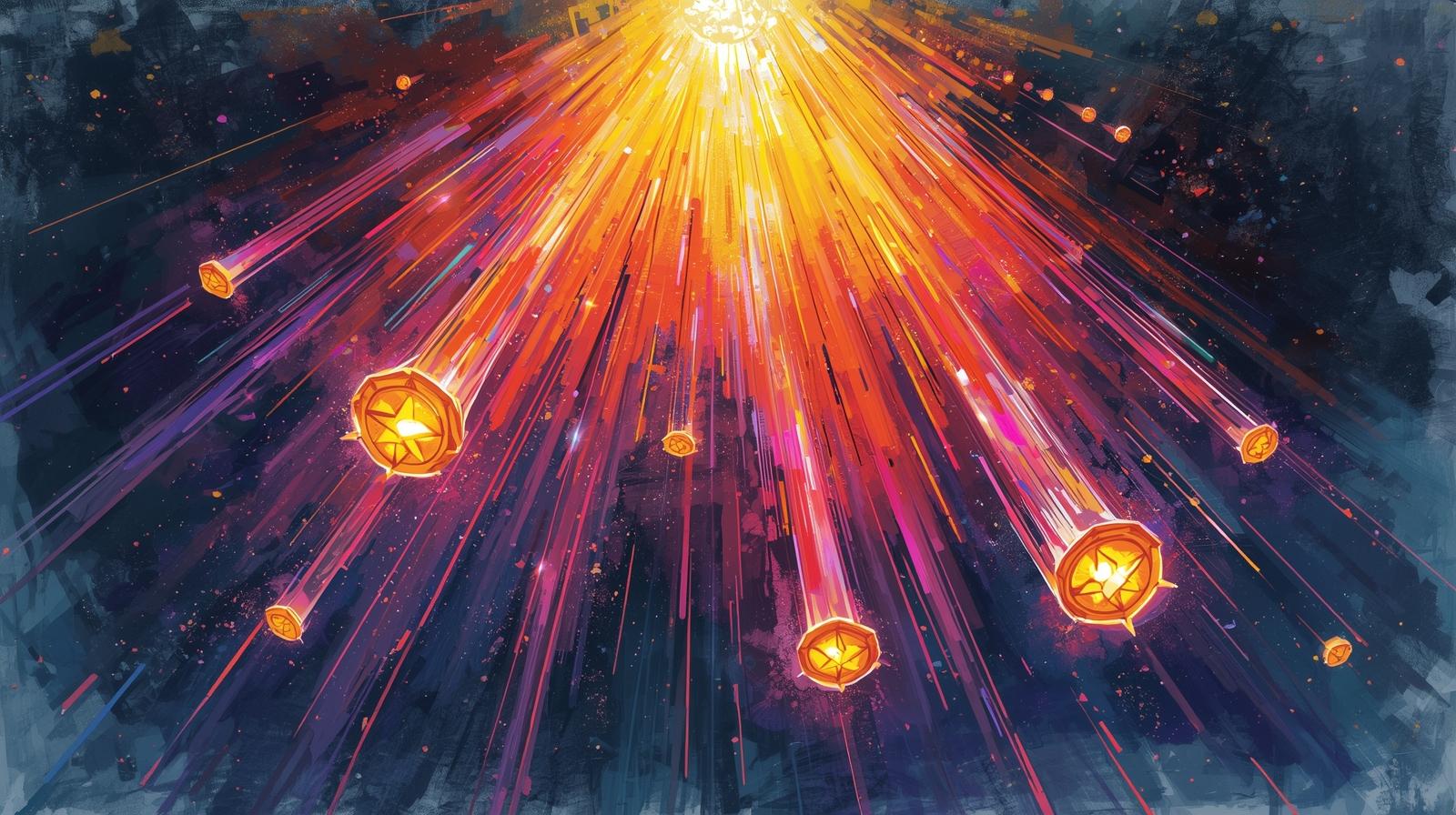Why Point and Token Reward Systems Boost Project Promotion Effectiveness

In the competitive landscape of Web3 and DeFi projects, traditional marketing approaches often fall short of creating lasting user engagement. Point and token reward systems have revolutionized how projects approach user acquisition and retention, offering a sophisticated blend of behavioral psychology and economic incentives that significantly amplify promotional effectiveness.
The Psychology Behind Reward Systems
Gamification Principles
Point systems tap into fundamental human psychology through gamification. Users naturally gravitate toward activities that provide immediate feedback and recognition. When projects implement point-based rewards, they transform routine interactions into engaging experiences that users actively seek to repeat.
Behavioral Economics at Work
Token rewards leverage loss aversion and the endowment effect. Once users accumulate points or tokens, they become psychologically invested in the platform. This investment creates a powerful retention mechanism that traditional advertising cannot match.
Key Benefits for Project Promotion
1. Enhanced User Engagement
Reward systems create multiple touchpoints between users and projects. Instead of one-time interactions, users return repeatedly to:
- Complete daily tasks
- Participate in community challenges
- Engage with project content
- Refer new users
2. Organic Growth Through Incentivized Referrals
Token rewards make referral programs exponentially more effective. Users are motivated to bring friends and family members to platforms where they can earn valuable rewards together, creating viral growth loops.
3. Data Collection and User Insights
Point systems provide valuable user behavior data. Projects can track:
- Which activities drive the most engagement
- User preferences and patterns
- Optimal reward structures
- Community sentiment and participation rates
4. Community Building
Shared reward goals create a sense of community among users. Leaderboards, team challenges, and collective milestones foster social connections that strengthen project loyalty.
Implementation Strategies
Smart Contract Integration
Modern reward systems benefit from blockchain transparency and automation. Smart contracts ensure:
- Transparent reward distribution
- Immutable point tracking
- Automated milestone rewards
- Cross-platform compatibility
Tiered Reward Structures
Successful projects implement graduated reward systems that:
- Provide immediate gratification for new users
- Offer increasing benefits for long-term participants
- Include exclusive rewards for top contributors
- Balance accessibility with aspirational goals
Cross-Platform Synergy
Effective reward systems extend beyond single platforms, creating ecosystems where:
- Points accumulate across multiple touchpoints
- Social media engagement earns rewards
- Community participation is recognized
- Educational content consumption is incentivized
Case Studies and Success Metrics
Increased Retention Rates
Projects implementing comprehensive reward systems typically see:
- 40-60% improvement in user retention
- 3x increase in daily active users
- 25% higher lifetime value per user
- Significant reduction in customer acquisition costs
Community Growth
Token reward systems consistently deliver:
- Higher social media engagement rates
- Increased user-generated content
- More active community discussions
- Stronger brand advocacy
Common Pitfalls to Avoid
Over-Incentivization
While rewards drive engagement, excessive incentives can:
- Attract mercenary users who leave when rewards end
- Create unsustainable economic models
- Devalue the core product or service
- Lead to gaming and abuse of the system
Complexity Barriers
Overly complicated reward structures can:
- Confuse new users
- Create barriers to participation
- Reduce overall effectiveness
- Generate negative user experiences
Future Trends in Reward Systems
AI-Powered Personalization
Machine learning algorithms are enabling:
- Personalized reward recommendations
- Dynamic point values based on user behavior
- Predictive engagement modeling
- Automated optimization of reward structures
Cross-Chain Compatibility
The future of token rewards includes:
- Multi-blockchain point accumulation
- Universal reward token standards
- Interoperable loyalty programs
- Seamless cross-platform experiences
Measuring Success
Key Performance Indicators
Projects should track:
- User acquisition cost reduction
- Engagement rate improvements
- Referral program effectiveness
- Community growth metrics
- Token utility and demand
Long-Term Value Assessment
Success metrics should include:
- User lifetime value increases
- Brand awareness improvements
- Community sentiment analysis
- Sustainable growth rates
Conclusion
Point and token reward systems represent a paradigm shift in Web3 project promotion. By aligning user incentives with project goals, these systems create sustainable growth engines that traditional marketing cannot replicate. The key to success lies in thoughtful implementation that balances immediate engagement with long-term value creation.
As the Web3 ecosystem continues to evolve, projects that effectively leverage reward systems will maintain competitive advantages through stronger communities, higher user retention, and more cost-effective growth strategies.
For Web3 projects looking to implement or optimize their reward systems and overall promotional strategies, platforms like TrafficDeFi (https://trafficdefi.com) offer specialized expertise in designing and executing comprehensive marketing campaigns that leverage the full potential of tokenized incentives and community-driven growth mechanisms.
Ready to Amplify Your Project?
Unlock our database of influencers or let our team run your campaign for you.